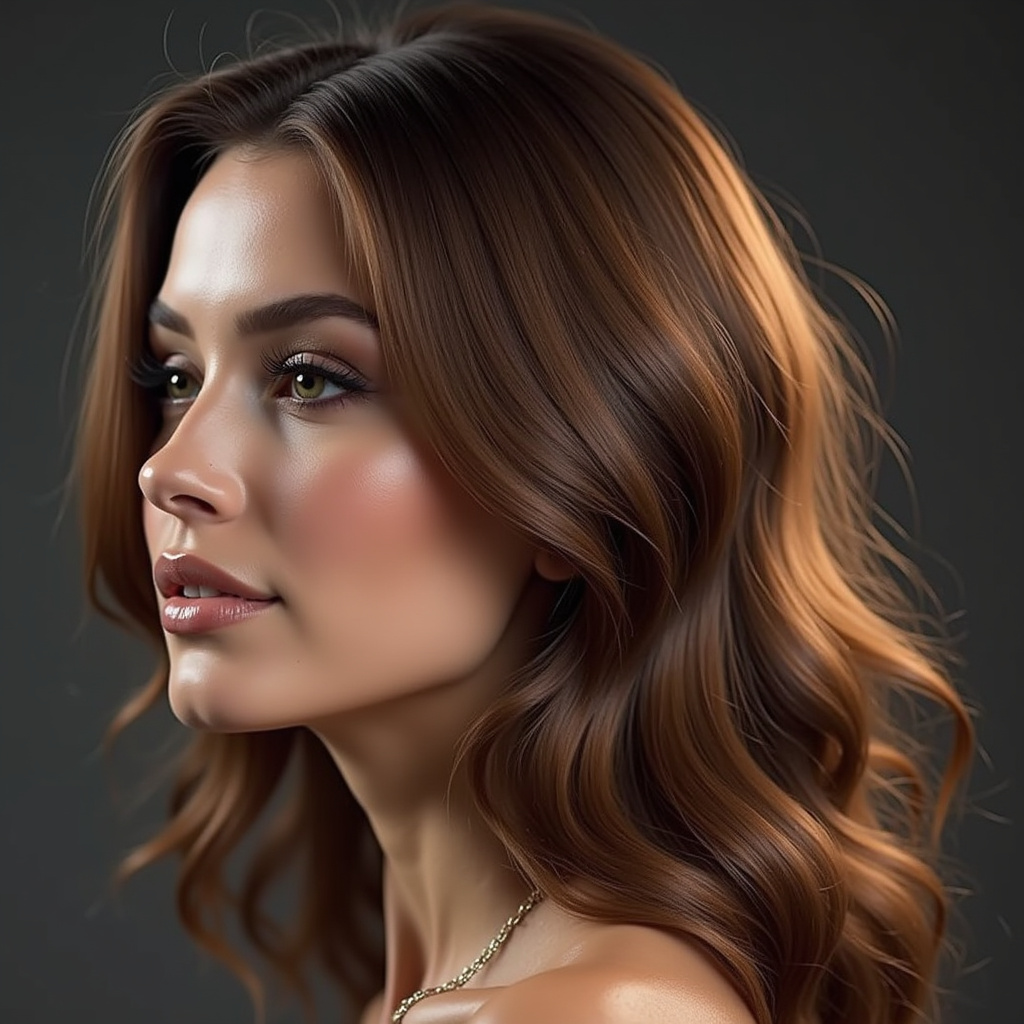Introduction
Many of us love to style our hair using tools like straighteners, curling irons, and blow dryers. While these heat styling methods can help us achieve the perfect look, they can also have significant effects on our hair’s structure and overall integrity. In this article, we will explore how heat styling affects our hair, the potential damage it can cause, and what we can do to protect our locks.
Understanding Hair Structure
To understand the impact of heat styling, it’s important to first know a little about hair structure. Hair is made up of three main layers:
- Cuticle: The outermost layer that protects the inner structure.
- Cortex: The middle layer that gives hair its strength, color, and texture.
- Medulla: The innermost layer, which is often absent in fine hair.
Heat styling tools can affect these layers in various ways, leading to changes in hair health and appearance.
The Impact of Heat on Hair
When we apply heat to our hair, several chemical and physical changes occur:
- Moisture Loss: High temperatures can strip hair of its natural moisture, leading to dryness and brittleness.
- Cuticle Damage: The cuticle can become raised or damaged, which makes hair more prone to breakage and frizz.
- Cortex Alteration: Excessive heat can alter the protein structure in the cortex, reducing hair’s strength and elasticity.
These changes can result in hair that looks dull, feels rough, and is more susceptible to further damage.
Signs of Heat Damage
How can you tell if your hair has been damaged by heat styling? Here are some common signs:
- Dryness and Dullness: Hair may appear lifeless and lack its natural shine.
- Split Ends: Frequent heat exposure can lead to split ends, which can only be remedied by trimming.
- Frizz and Tangles: Damaged hair often becomes frizzy and harder to manage.
- Breakage: You may notice more hair falling out during brushing or styling.
If you observe these signs, it may be time to reassess your heat styling habits.
Protecting Your Hair from Heat Damage
Fortunately, there are several ways to protect your hair while still enjoying your favorite heat styling techniques:
- Use Heat Protectant Products: Before styling, apply a heat protectant spray or serum to create a barrier against heat.
- Limit Heat Exposure: Try to reduce the frequency of heat styling. Consider air-drying your hair or using heat-free styling methods when possible.
- Adjust Temperature Settings: Use lower heat settings on your styling tools. Fine or damaged hair requires less heat than thick or coarse hair.
- Invest in Quality Tools: Use high-quality styling tools that distribute heat evenly and have advanced technology to minimize damage.
By taking these precautions, you can help maintain your hair’s health and integrity.
Conclusion
Heat styling can be a fun way to express yourself and enhance your look, but it’s essential to be mindful of its effects on your hair. By understanding how heat impacts the structure of your hair and recognizing the signs of heat damage, you can take steps to protect your locks. Remember, healthy hair is beautiful hair, so invest in the right products and practices to keep your hair looking its best!




